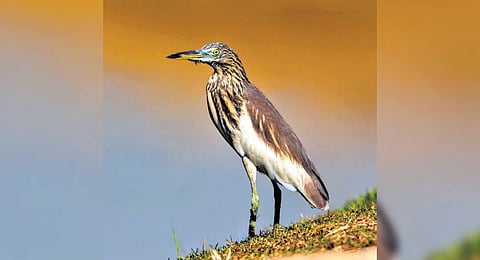
The annual Asian Waterbird Census (AWC) in Kollam district recorded 11,525 birds from 81 species, including 46 migratory species, marking a slight increase from the 11,470 birds across 83 species recorded in 2024. The survey conducted on January 26 by 70 birders and volunteers, was a joint initiative of WWF-India, Kollam Birding Battalion and Fatima Mata National College, Kollam. The effort was supported by the Social Forestry Division (Kollam) of the Kerala Forests and Wildlife Department and the Wildlife Trust of India. “The presence of 46 migratory species demands regular monitoring in these sites and a well-designed strategy for conserving these bird habitats in the district,” said A K Sivakumar, coordinator of the AWC, Kollam.The census covered 15 major wetlands, all of which serve as significant habitats for waterbirds. A decline in wild duck populations was observed, likely due to low water levels in traditional wetlands. A notable finding this year was the unusually high count of the Asian Woolly-necked Stork, a near-threatened species according to the IUCN. Experts suggest this could indicate rising temperatures in the district. However, large-scale habitat degradation and human activities were reported across all surveyed sites.Among the surveyed wetlands, Pavumba recorded the highest bird count, with 1,824 birds from 49 species, though this was significantly lower than last year’s 3,170 birds. Key migratory species found here included painted storks, Asian openbills, wood sandpipers, bar-tailed godwits, and barn swallows.